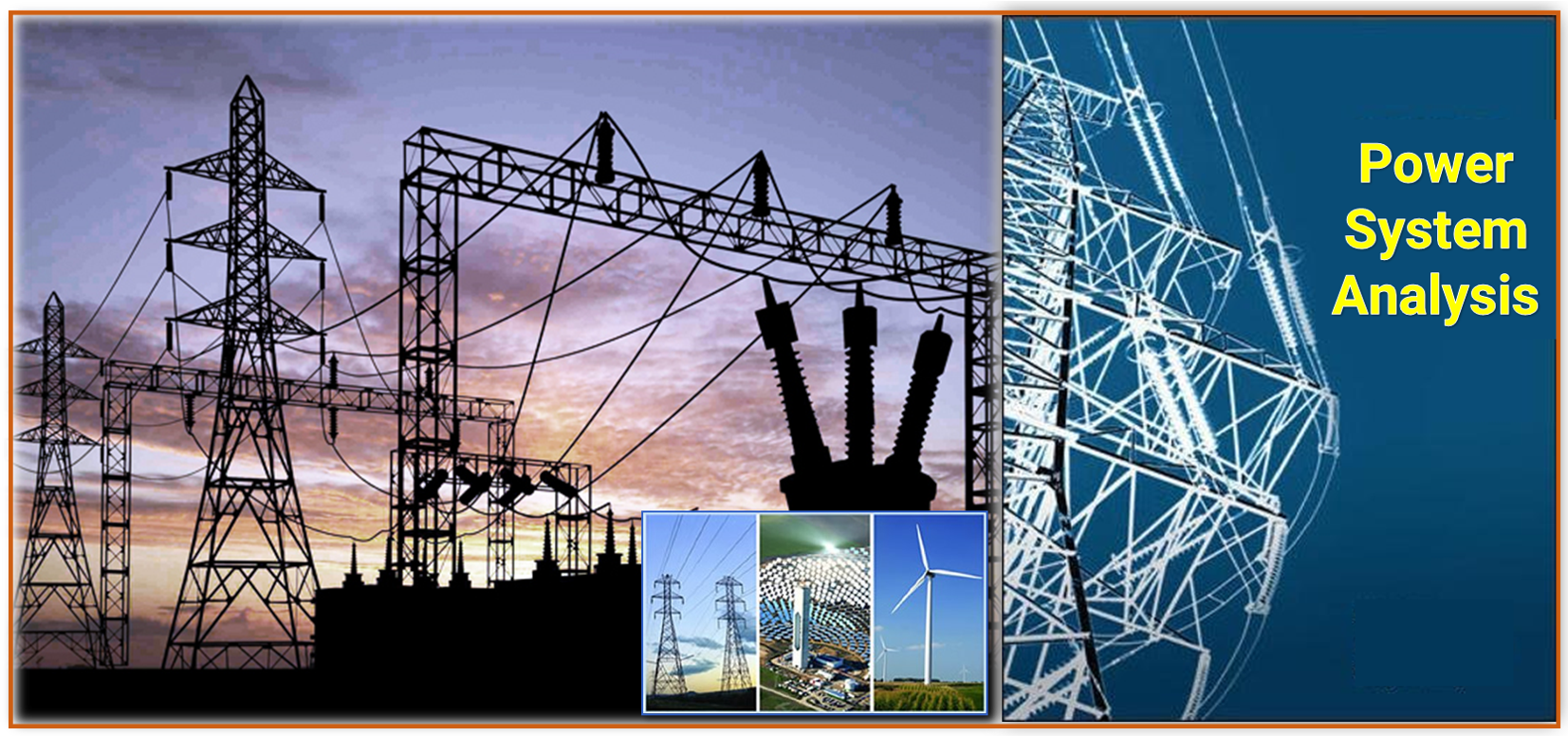
This course (Power System Analysis)
will let the students to gather knowledge on power supply system &
analysis and learn fundamental concepts on electrical power system
engineering. The students will be introduced the concepts of per unit
system along with
their applications in power system analysis. Transmission line
parameters, their calculations, and the modeling will also be learned by
the students throughout the course. Besides, basic load flow analysis,
the method of symmetrical components, unbalanced fault analysis and
basic power system stability analysis will
also be familiarized by the students through lecture series.
- Teacher: Sutapa Debnath
- Teacher: Most. Mahzuba Islam
- Teacher: Sudipta Sarker
